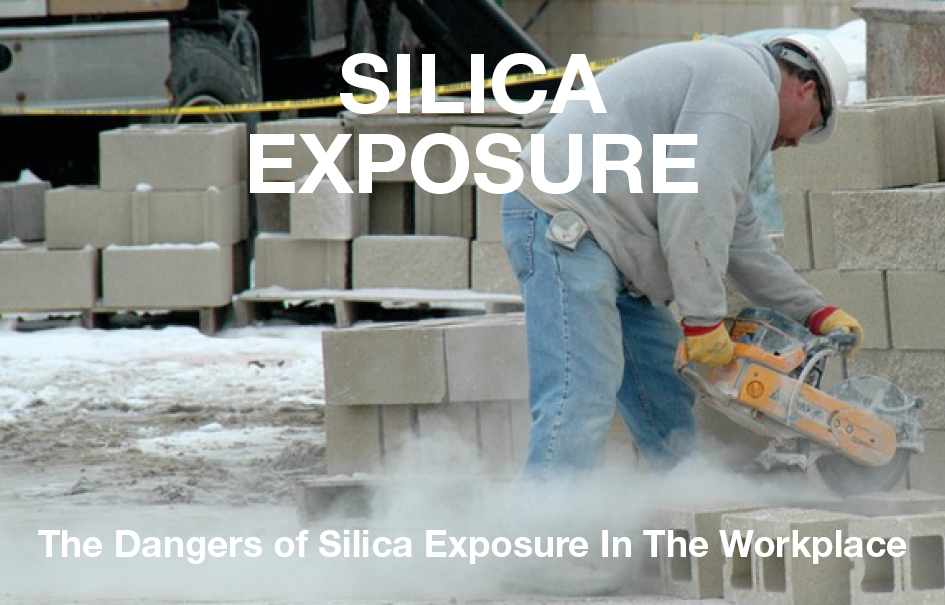
Crystalline silica (silica) is found in sand, stone, concrete and mortar. It is also used to make a variety of products including composite stone used to fabricate kitchen and bathroom benchtops, bricks, tiles and some plastics. When workers cut, crush, drill, polish, saw or grind products that contain silica, dust particles are generated that are small enough to lodge deep in the lungs and cause illness or disease including silicosis.
What is Crystalline Silica?
Silica is silicon dioxide, a naturally occurring and widely abundant mineral that forms the major component of most rocks and soils. There are non-crystalline and crystalline forms of silicon dioxide. The most common type of crystalline silica is quartz.
What is Silica Dust?
Silica dust is generated in workplace mechanical processes such as crushing, cutting, drilling, grinding, sawing or polishing of natural stone or man-made products that contain silica. Some dust particles can be so small that they are not visible; these are commonly referred to as respirable particles.
Respirable silica dust particles are small enough to penetrate deep into the lungs and can cause irreversible lung damage.
Work Activities That May Represent a High Risk Exposure
Silica is one of the most abundant minerals found in the earth’s crust and is used in many products across a variety of industries and workplaces. Crystalline silica is most dangerous to health when dust is generated, becomes airborne and is then inhaled by a worker.
Examples of work activities that can generate respirable silica dust particles include:
- during fabrication and installation of composite (engineered or manufactured) stone countertops
- excavation, earth moving and drilling plant operations
- clay and stone processing machine operations
- paving and surfacing
- mining, quarrying and mineral ore treating processes
- tunnelling
- construction labouring activities
- brick, concrete or stone cutting; especially using dry methods
- foundry casting
- angle grinding, jack hammering and chiselling of concrete or masonry
- hydraulic fracturing of gas and oil wells, and
- pottery making
What Diseases Can Silica Dust Cause?
If a worker is exposed to and breathes in silica dust they could develop:
- chronic bronchitis
- emphysema
- acute silicosis
- accelerated silicosis
- chronic silicosislung cancer
- kidney damage
- scleroderma
The Workplace Exposure Standard
The workplace exposure standard for respirable crystalline silica that must not be exceeded is 0.1 mg/m3 (eight hour time weighted average).
Our Supply Parter, 3M, has developed a leading edge Powered Air Purifying Respirator Kit, the Versaflo. This unit combines performance, protection and functionality with modern, stylish design and comfort as well as keeping you safe from Silica dust.
For more information on this unit check out: https://www.southland.com.au/brochures
Until next time, keep safe!
The Team at Southland
Source: SafeWork Australia
